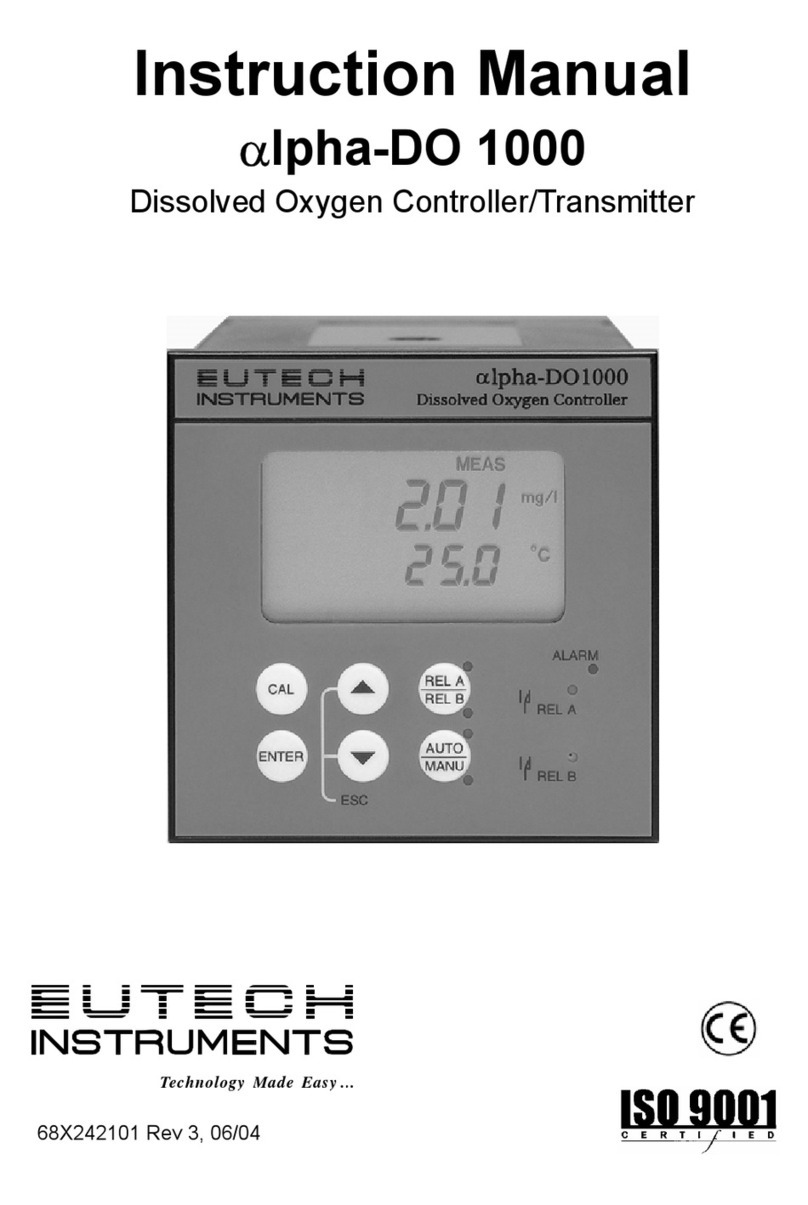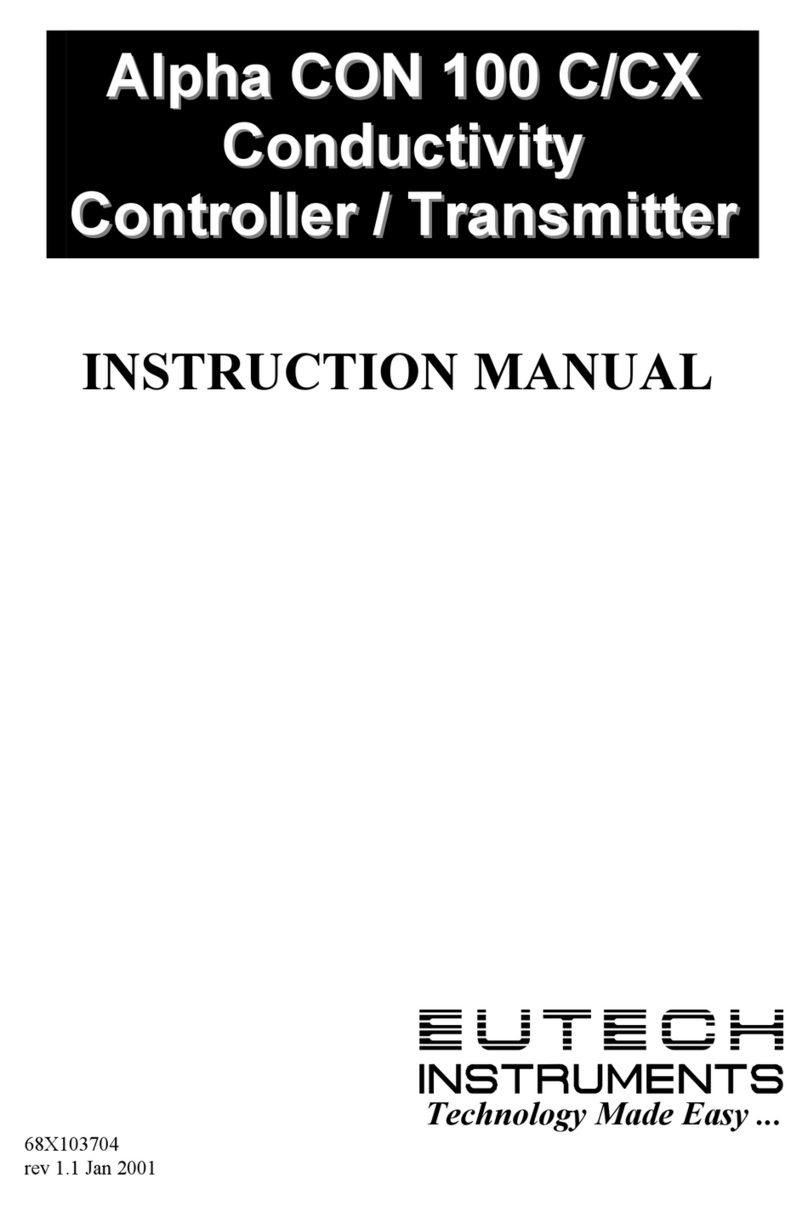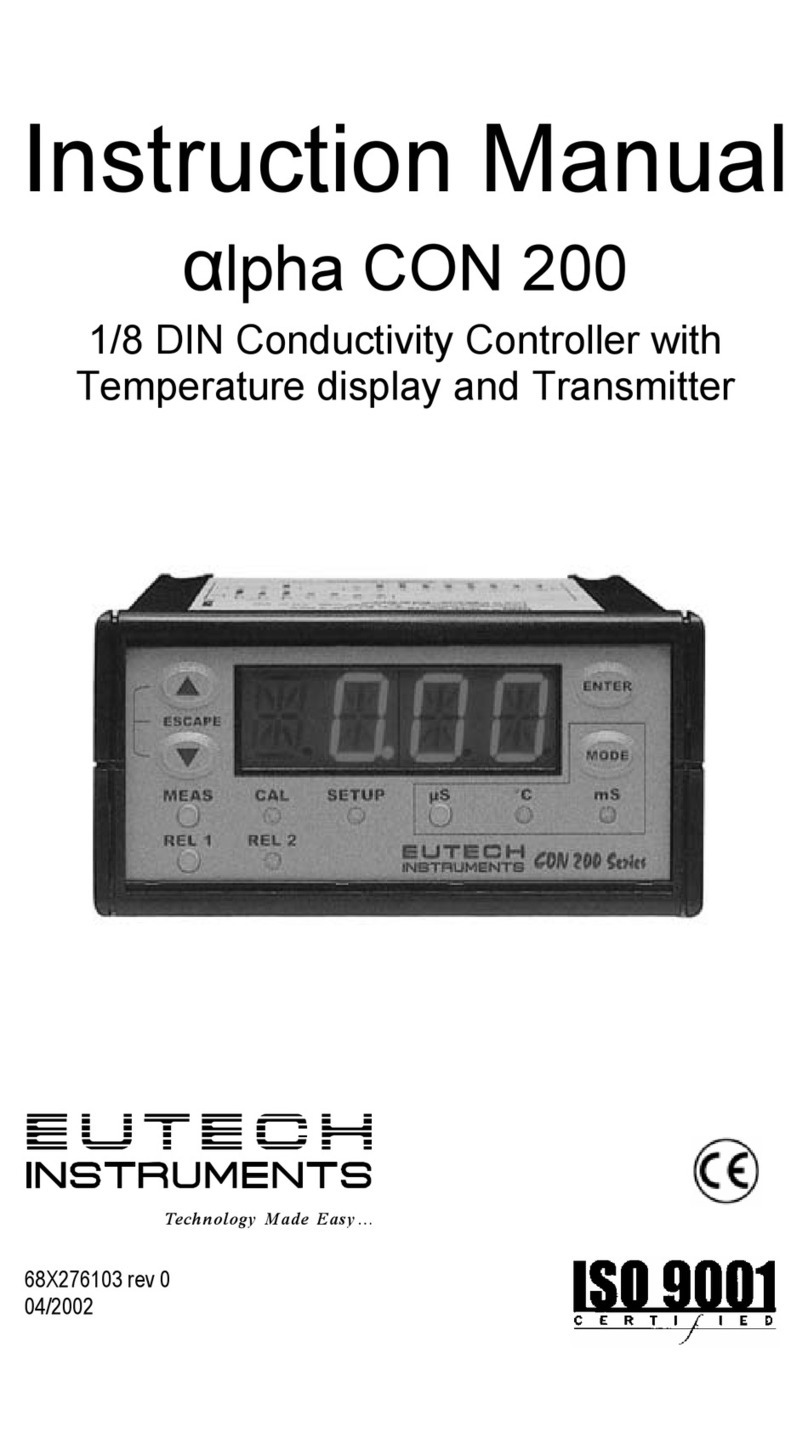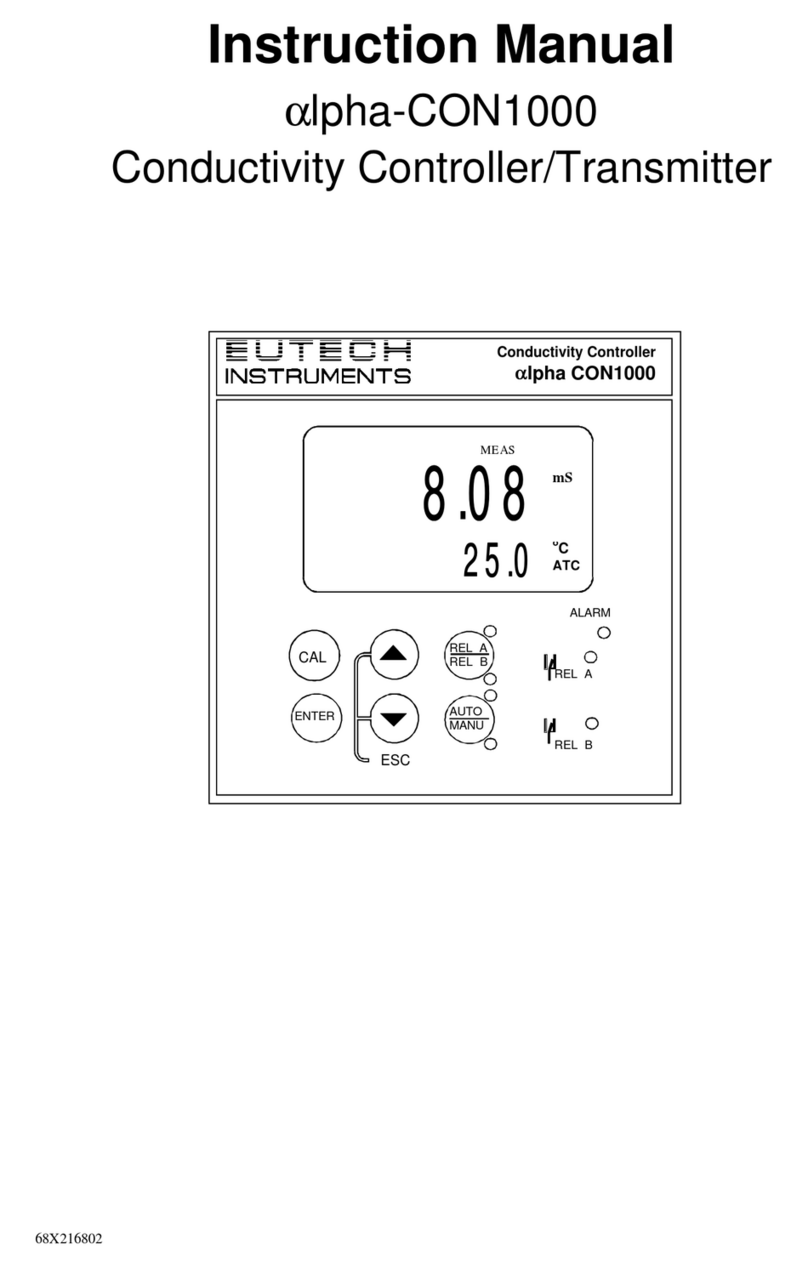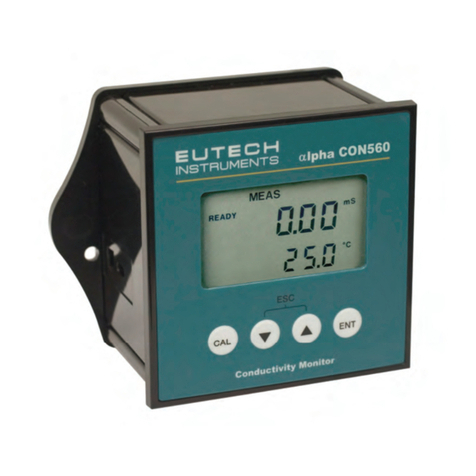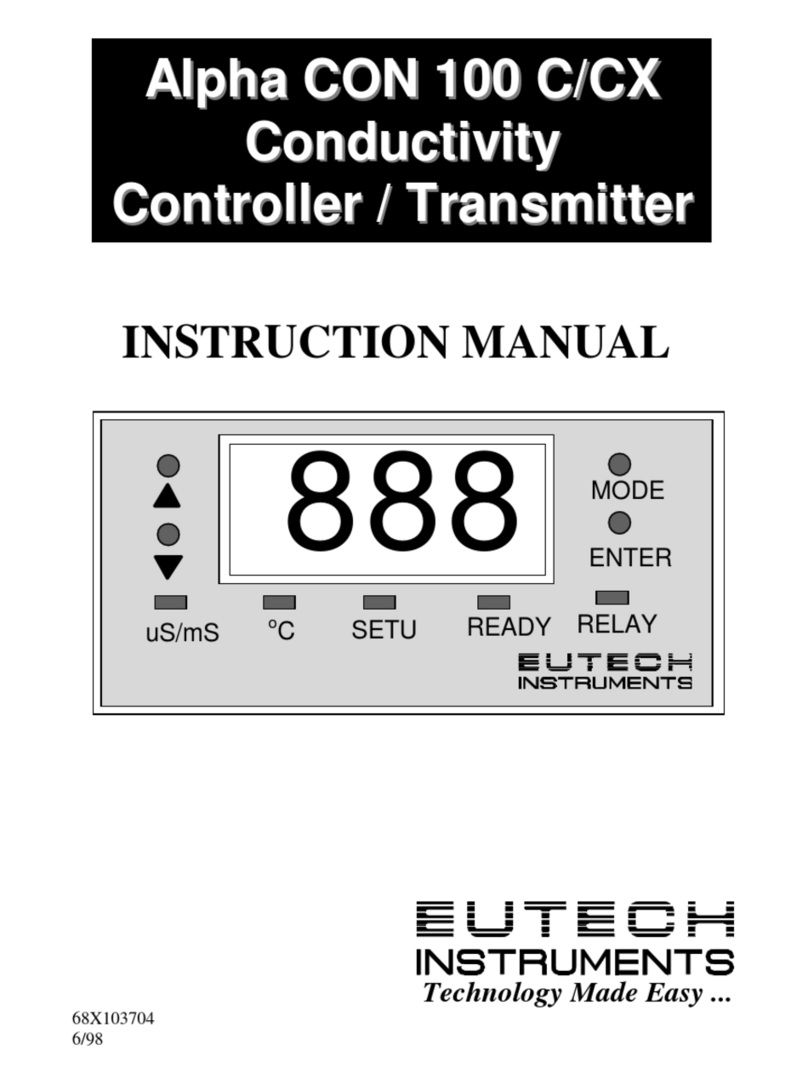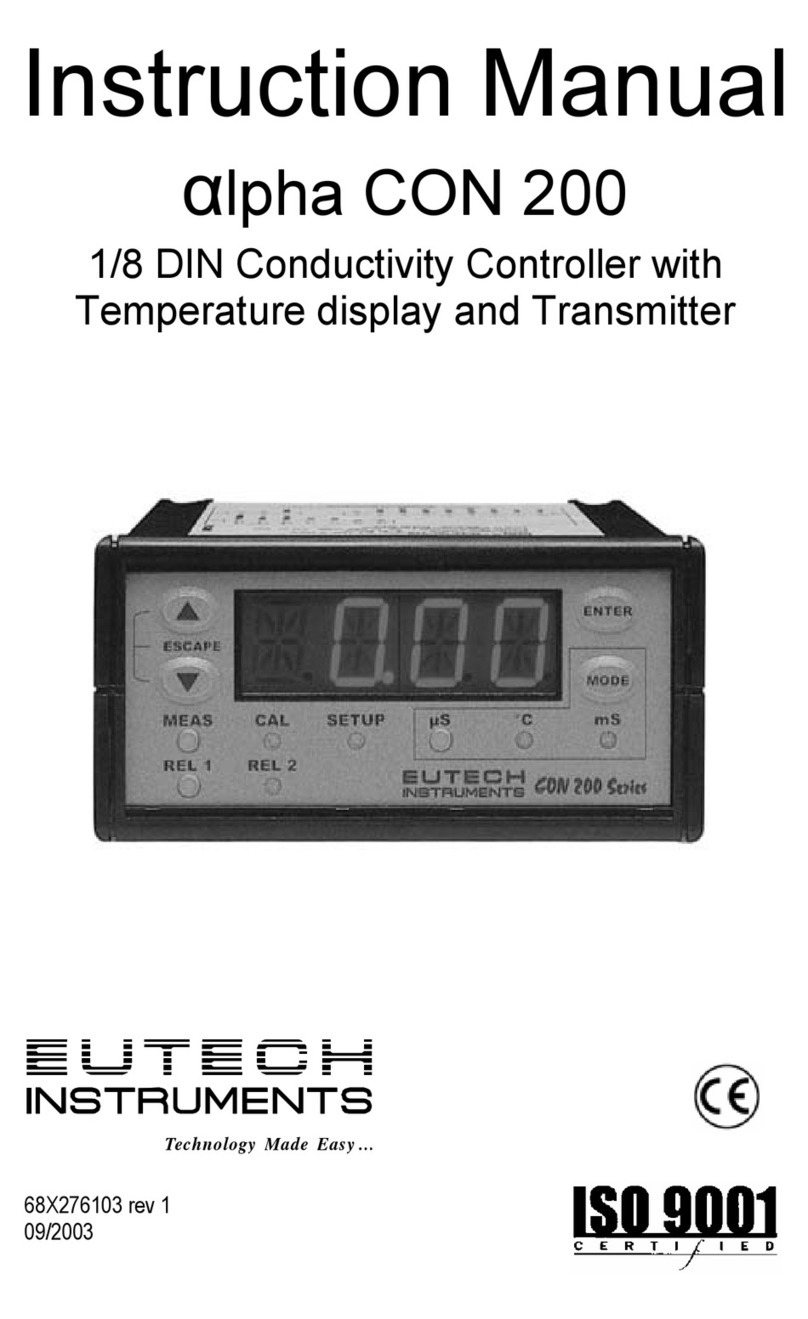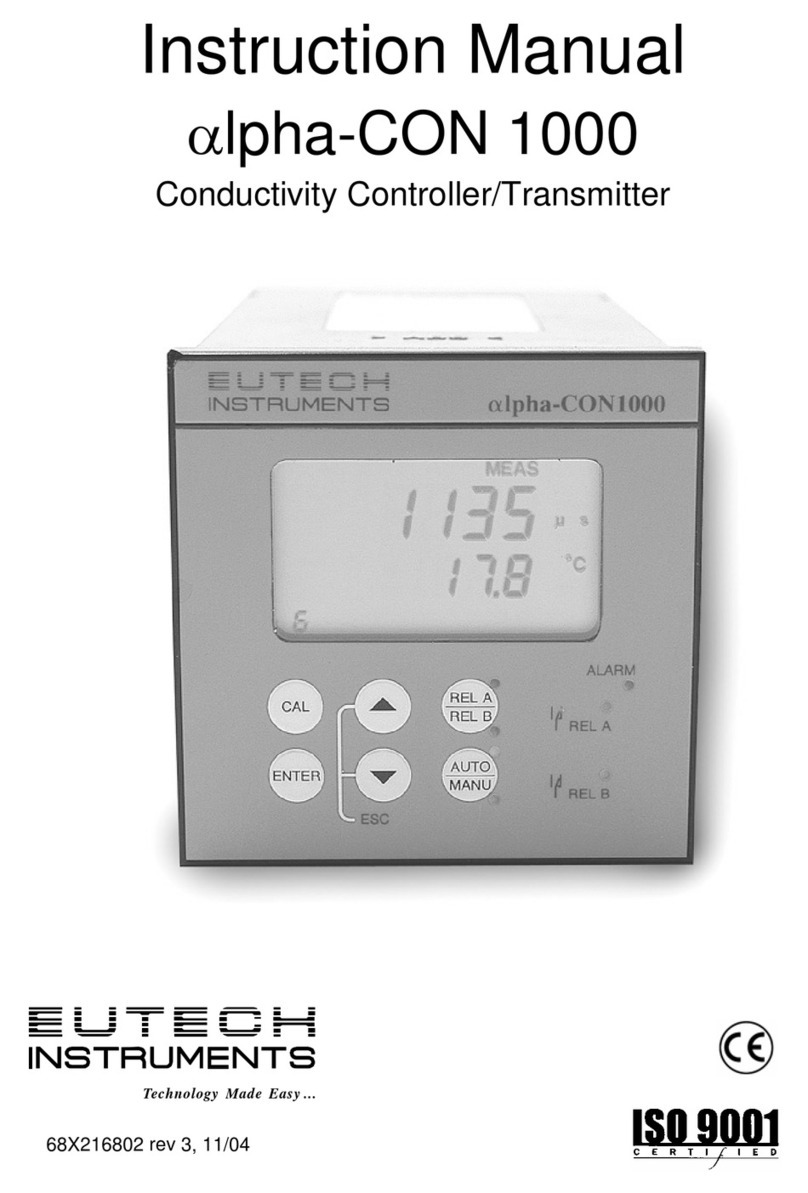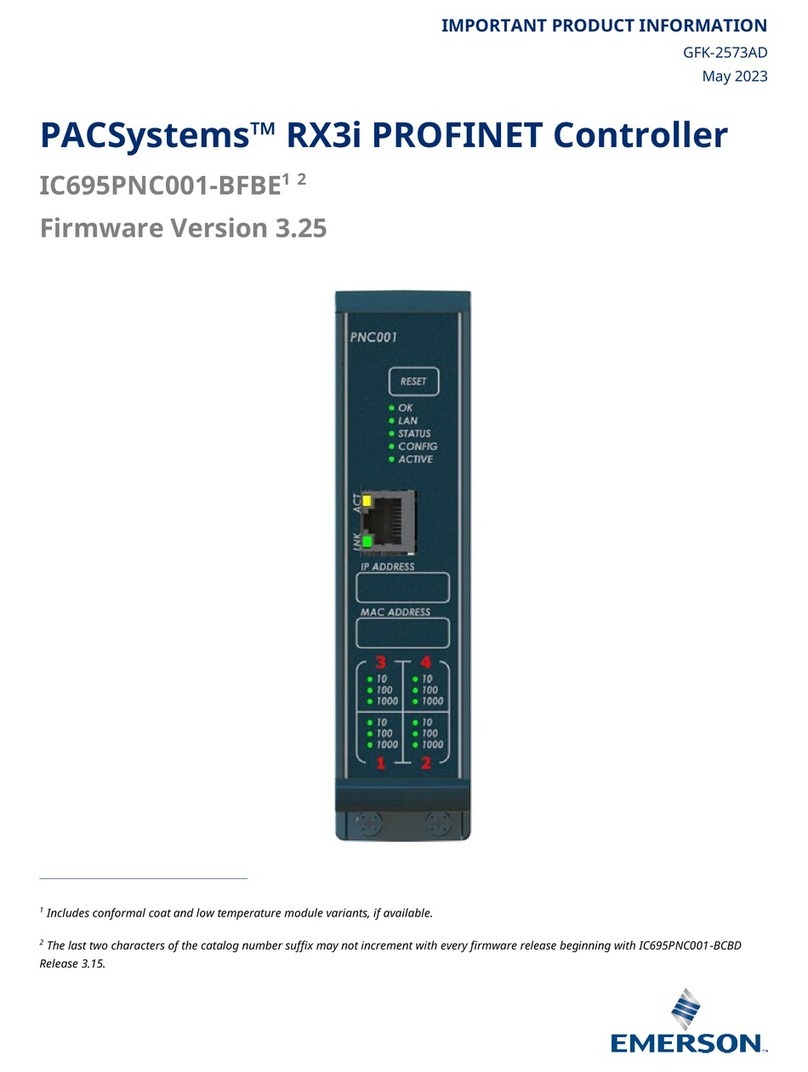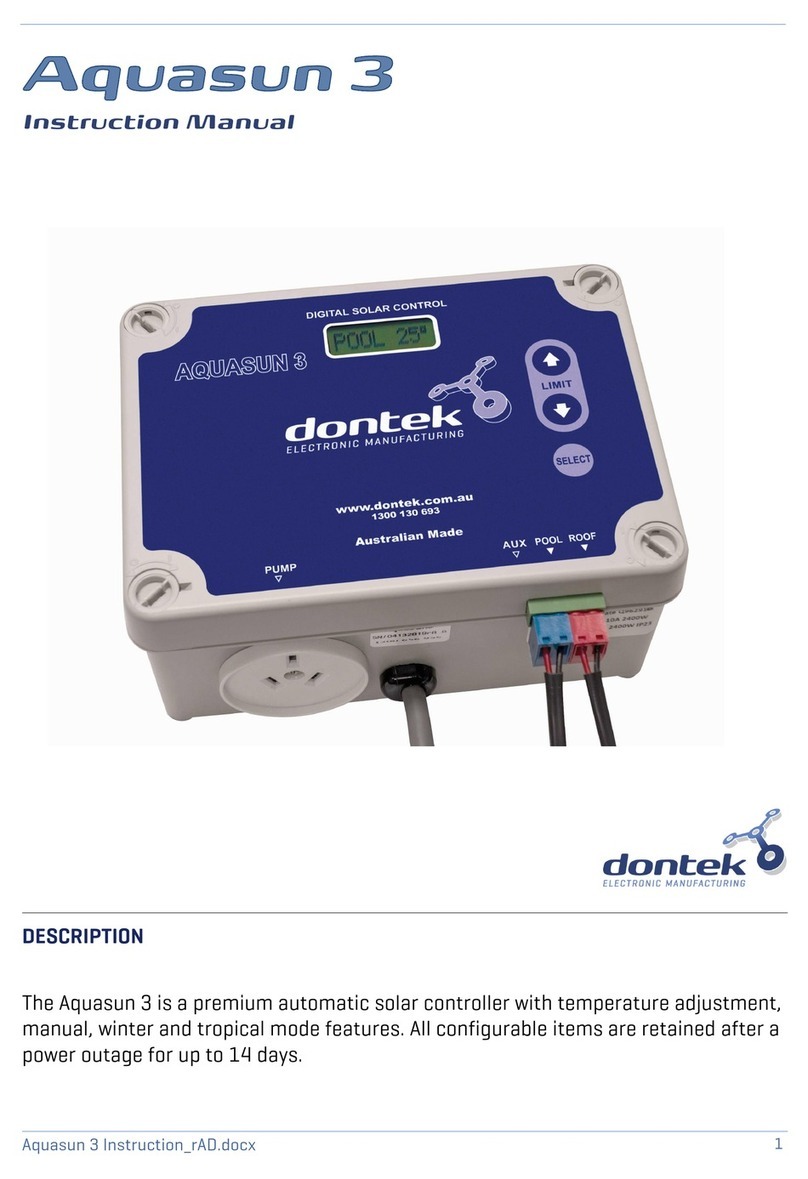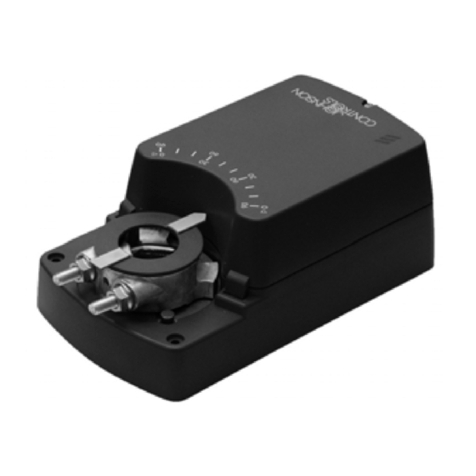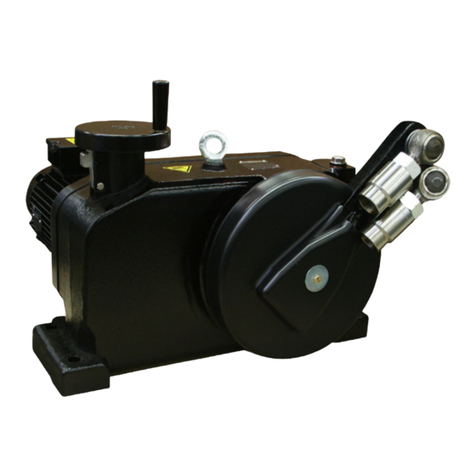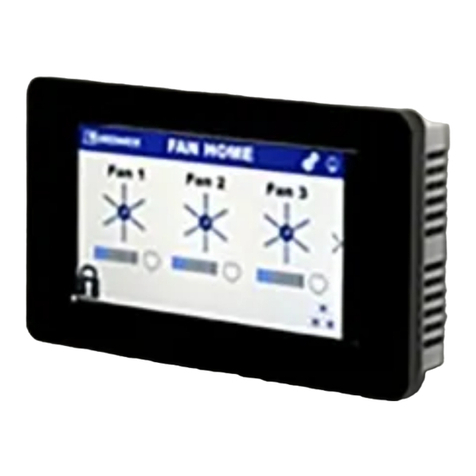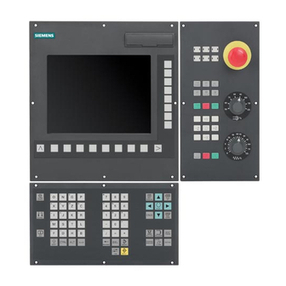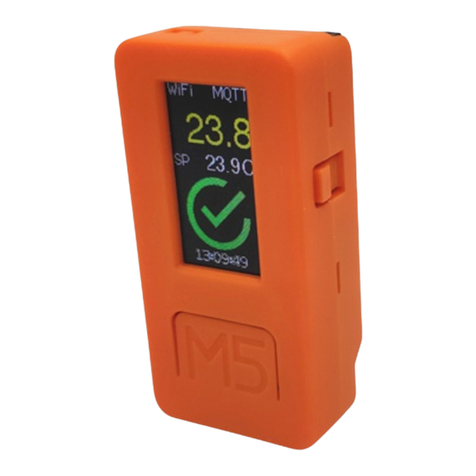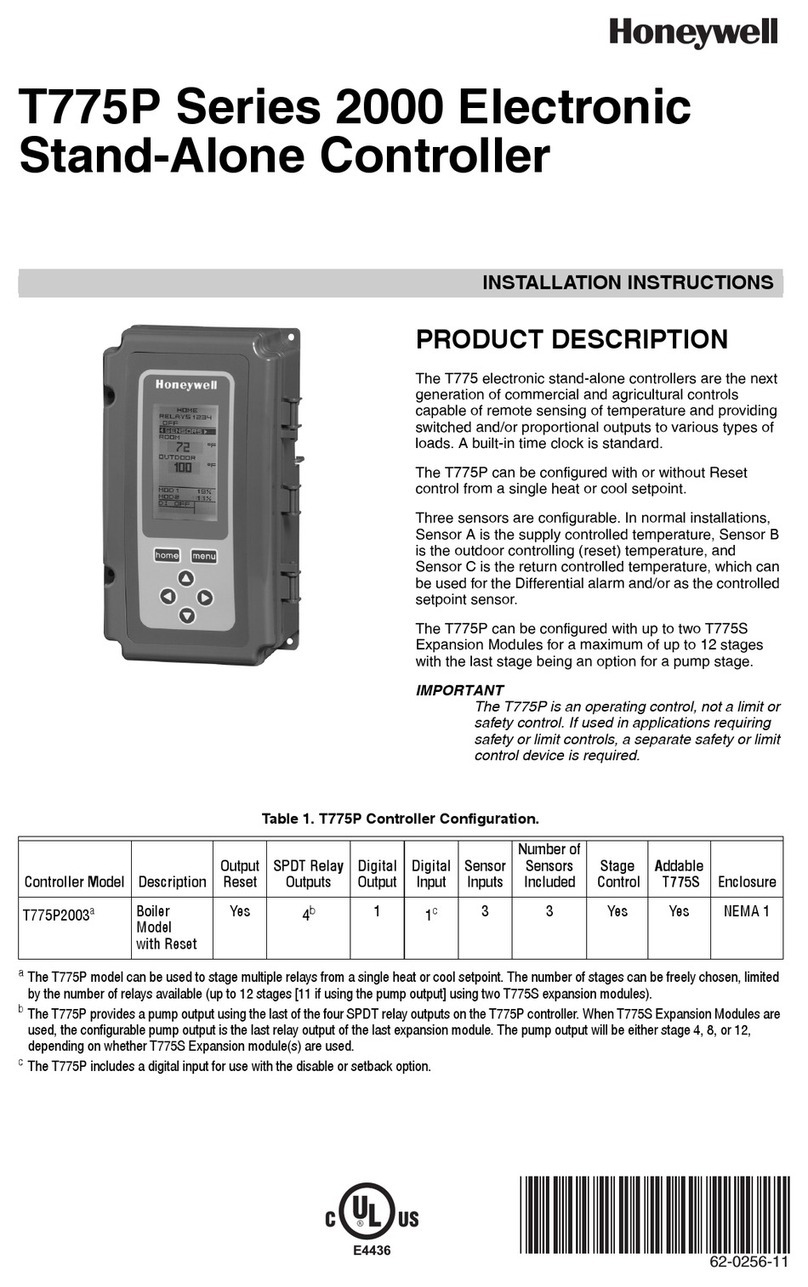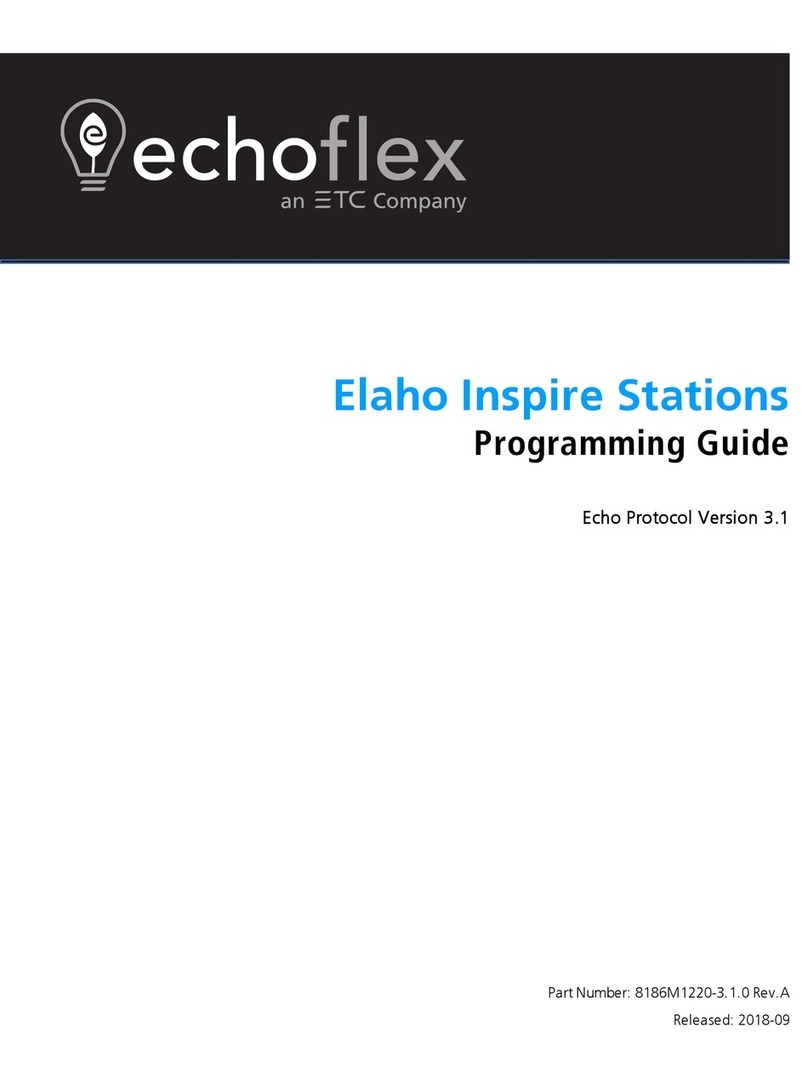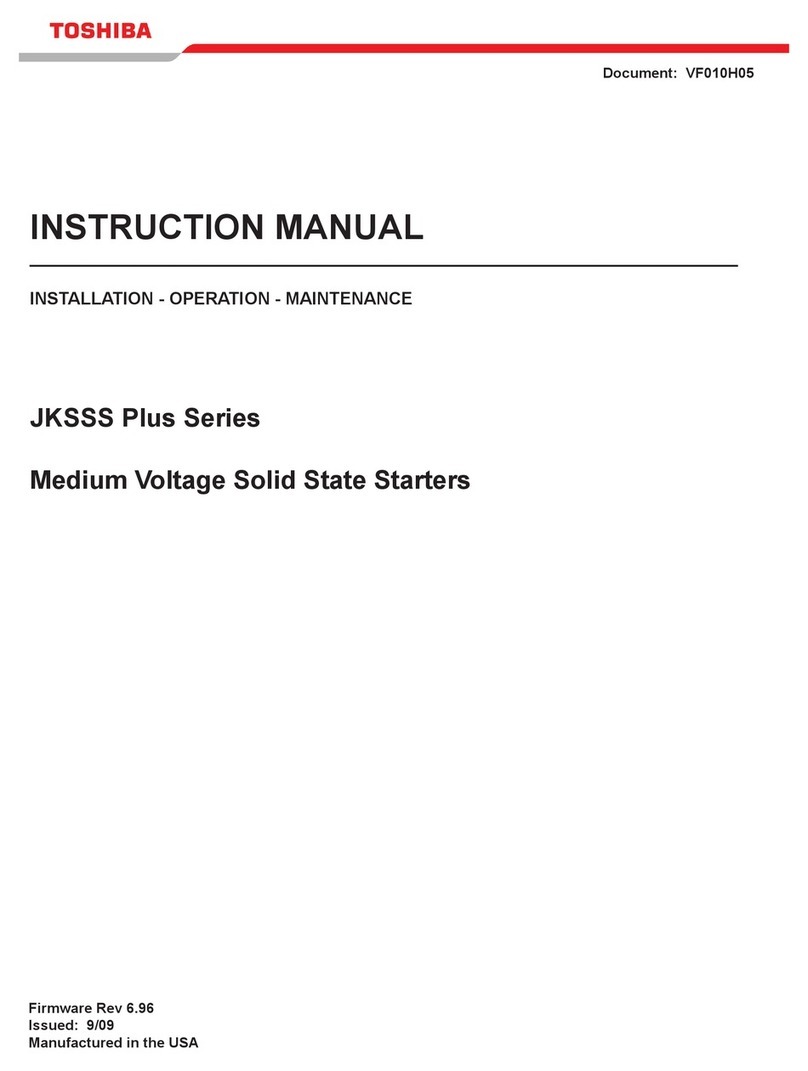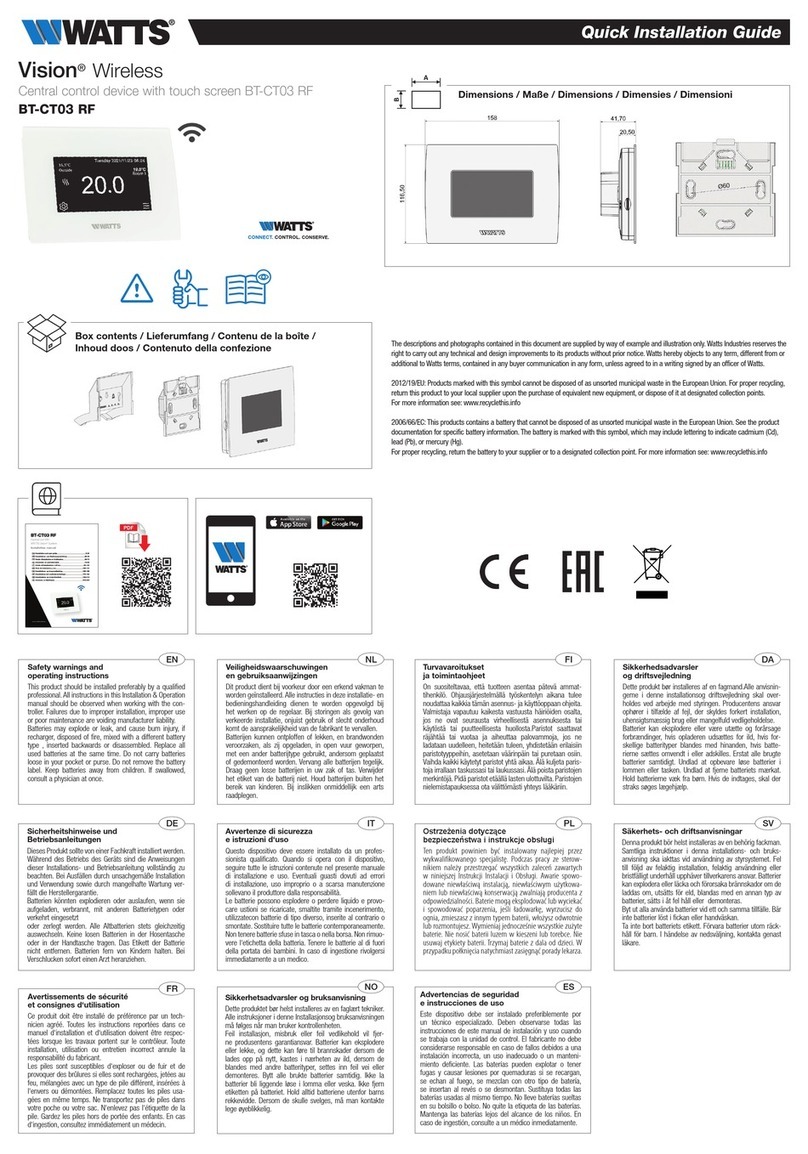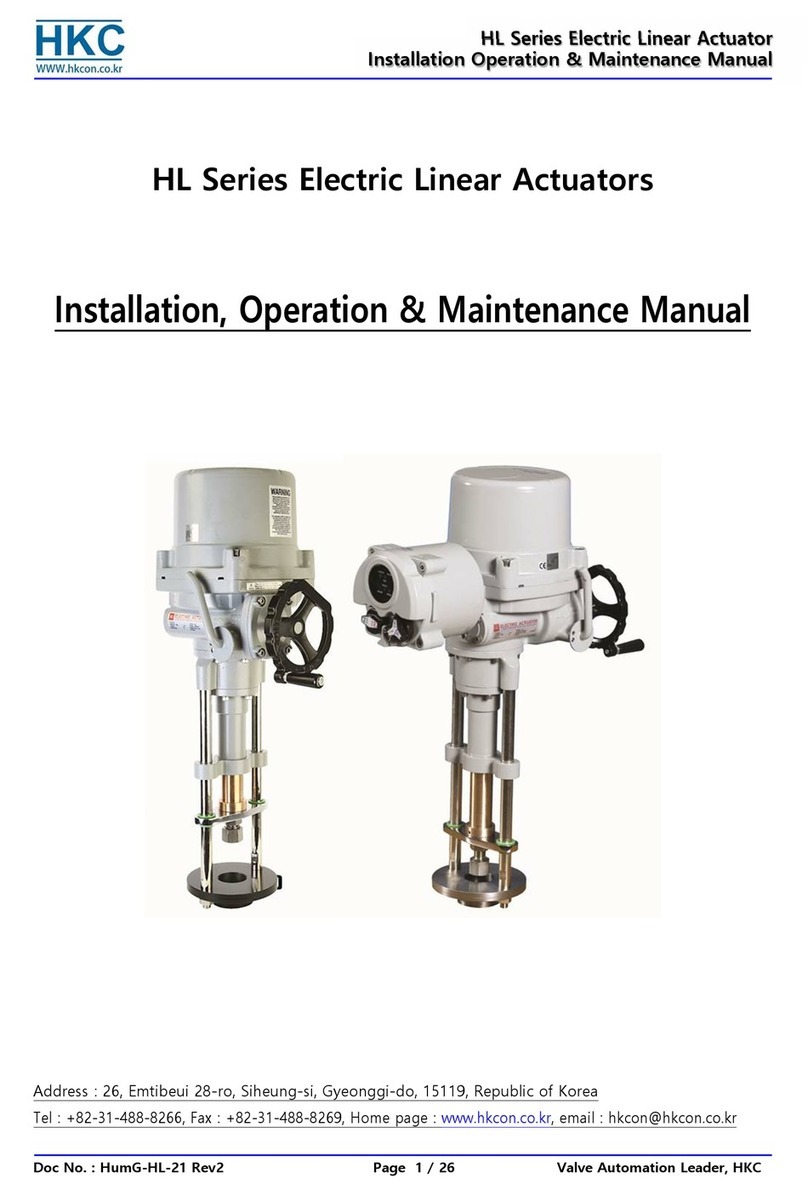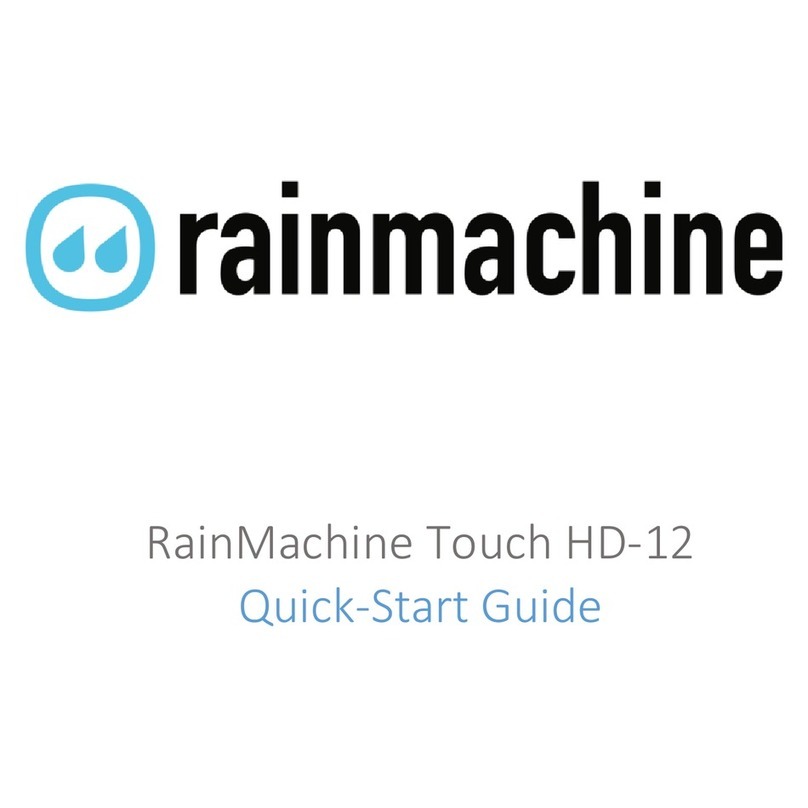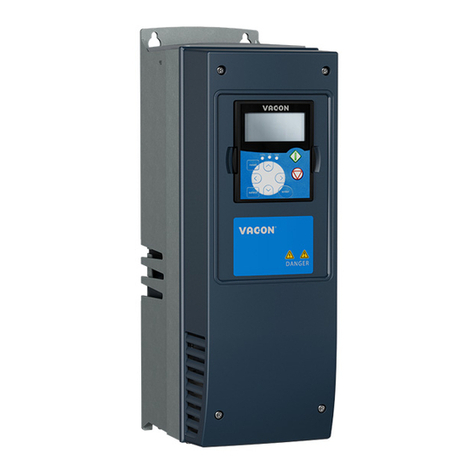
Table of Contents
1. Introduction ...........................................................................................................1
1.1 Before You Begin................................................................................................................... 1
1.2 Intended Use.......................................................................................................................... 1
1.3 Safety Instructions.................................................................................................................. 2
1.4 Taking Out of Service / Correct Disposal of the Unit ............................................................. 2
2. Getting Started ......................................................................................................3
2.1 Description of Instrument .......................................................................................................3
2.2 Measurement and Control System......................................................................................... 4
2.3 Connecting Peripherals..........................................................................................................5
2.3.1 Connection Terminals.................................................................................................... 5
2.3.2 Switching Between Pt100 & Pt1000 Temperature Sensors.......................................... 6
2.3.3 Connecting Conductivity Probe..................................................................................... 7
2.3.4 Connecting Temperature Probe.................................................................................... 7
2.4 Installation.............................................................................................................................. 8
2.4.1 Mechanical Dimensions................................................................................................. 8
2.4.2 Wall Mount..................................................................................................................... 8
2.4.3 Panel Mount................................................................................................................... 9
2.5 Display & Keypad................................................................................................................. 10
2.5.1 Display Overview......................................................................................................... 10
2.5.2 Key Functions.............................................................................................................. 11
3. Operation .............................................................................................................13
3.1 Measurement mode ............................................................................................................. 13
3.2 Menu Overview .................................................................................................................... 14
4. Calibration Mode .................................................................................................15
4.1 About Calibration.................................................................................................................. 15
4.2 Calibration............................................................................................................................ 16
5. Setup Mode..........................................................................................................19
5.1 Enter Setup mode ................................................................................................................19
5.2 Temperature Coefficient Settings......................................................................................... 20
5.3 Temperature Settings........................................................................................................... 21
5.4 Relay 1/Relay 2 Settings...................................................................................................... 23
5.5 Controller Settings................................................................................................................ 25
5.6 Measuring Range Settings................................................................................................... 27
5.7 Configuration Settings..........................................................................................................28
5.8 Viewing Electrode Properties............................................................................................... 30
6. Technical Specifications.....................................................................................31
7. List of Accessories .............................................................................................33
8. Troubleshooting..................................................................................................34
9. General Information ............................................................................................35
9.1 Warranty............................................................................................................................... 35
9.2 Return of Goods................................................................................................................... 35
9.3 Guidelines for Returning Unit for Repair.............................................................................. 35
10. Appendices.......................................................................................................36
10.1 Appendix 2 Conductivity of various aqueous solutions....................................................... 36
10.2 Appendix 2 Graphical Representation of the Function of Hysteresis ................................. 37
info@GlobalScientificSupply.com
www.GlobalScientificSupply.com
GLOBAL SCIENTIFIC SUPPLY
The Laboratory Supply Company!




















